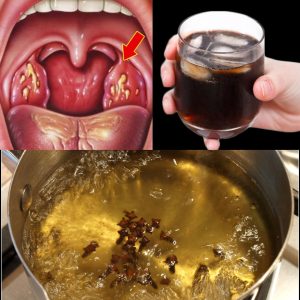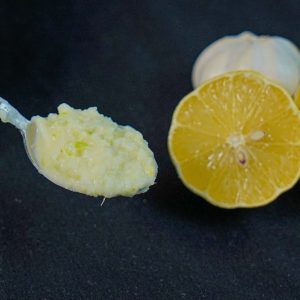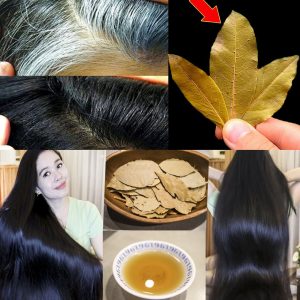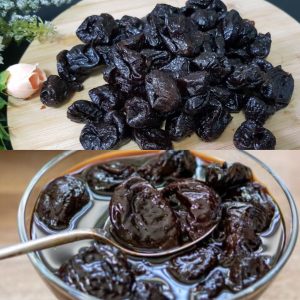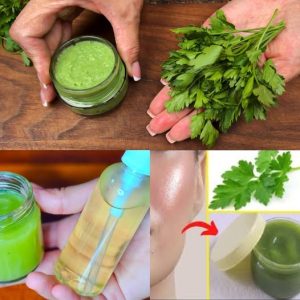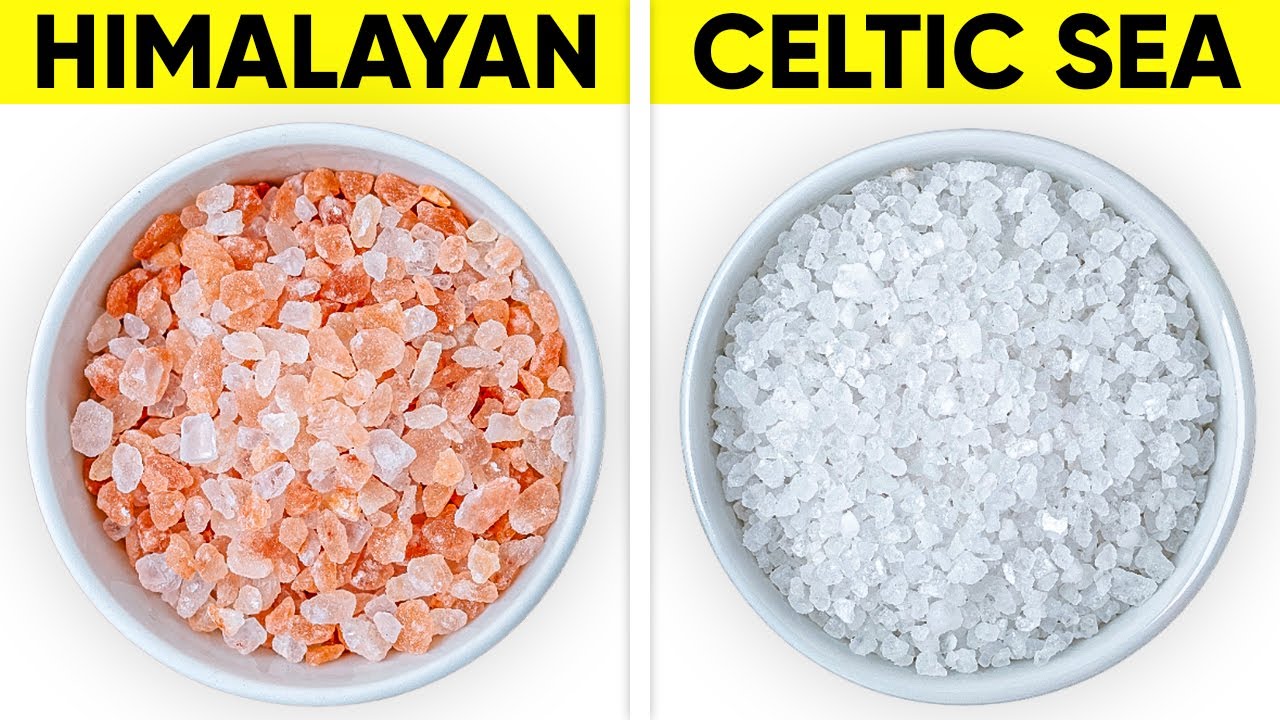
When it comes to enhancing the flavor of our meals, the type of salt used can make a significant difference. Two of the most popular gourmet salts are Himalayan pink salt and Celtic sea salt. Both are celebrated for their taste and health benefits over regular table salt, but how do they really stack up against each other? Let’s dive into the details..
Himalayan Pink Salt
Originating from ancient seabeds in the Himalayan mountains, this salt is known for its striking pink color, which comes from the trace minerals it contains, including iron, potassium, and calcium. It’s mined by hand and typically minimally processed to yield an unrefined product that’s free of additives and believed to be one of the purest salts available.
Benefits:
Rich in over 80 minerals and elements, including calcium, magnesium, potassium, copper, and iron.
Helps in maintaining fluid balance and blood pressure in the body.
Supports respiratory health and can improve symptoms of allergies when used in inhalation therapies.
Often used in spa treatments for its detoxifying properties.
Celtic Sea Salt
Harvested from the current ocean waters of the Brittany coast of France, Celtic sea salt is also known as “sel gris” or gray salt due to its color, which comes from the clay found in salt flats. The salt is hand-raked and dried by the sun and wind, preserving its natural state and moisture.
Benefits:
Contains a slightly lower sodium content than regular table salt, which can be beneficial for those monitoring their salt intake.
Rich in minerals like magnesium and trace amounts of iodine naturally found in seawater.
The moist texture makes it beneficial in skin therapies, such as baths and scrubs.
Promotes alkalinity due to its balanced mineral content, which can help reduce acidity in the body.
Which Is Better?
Choosing between Himalayan pink salt and Celtic sea salt largely comes down to personal preference and intended use. If you prefer a dryer, mineral-rich salt with detoxifying benefits for both culinary and therapeutic use, Himalayan pink salt might be the choice for you. On the other hand, if you favor a moist, mineral-balanced salt with a slightly lower sodium content for both cooking and topical applications, Celtic sea salt could be the way to go.
Both salts offer unique flavors and health benefits compared to regular table salt, making them excellent choices for anyone looking to enhance their cooking and their health.

